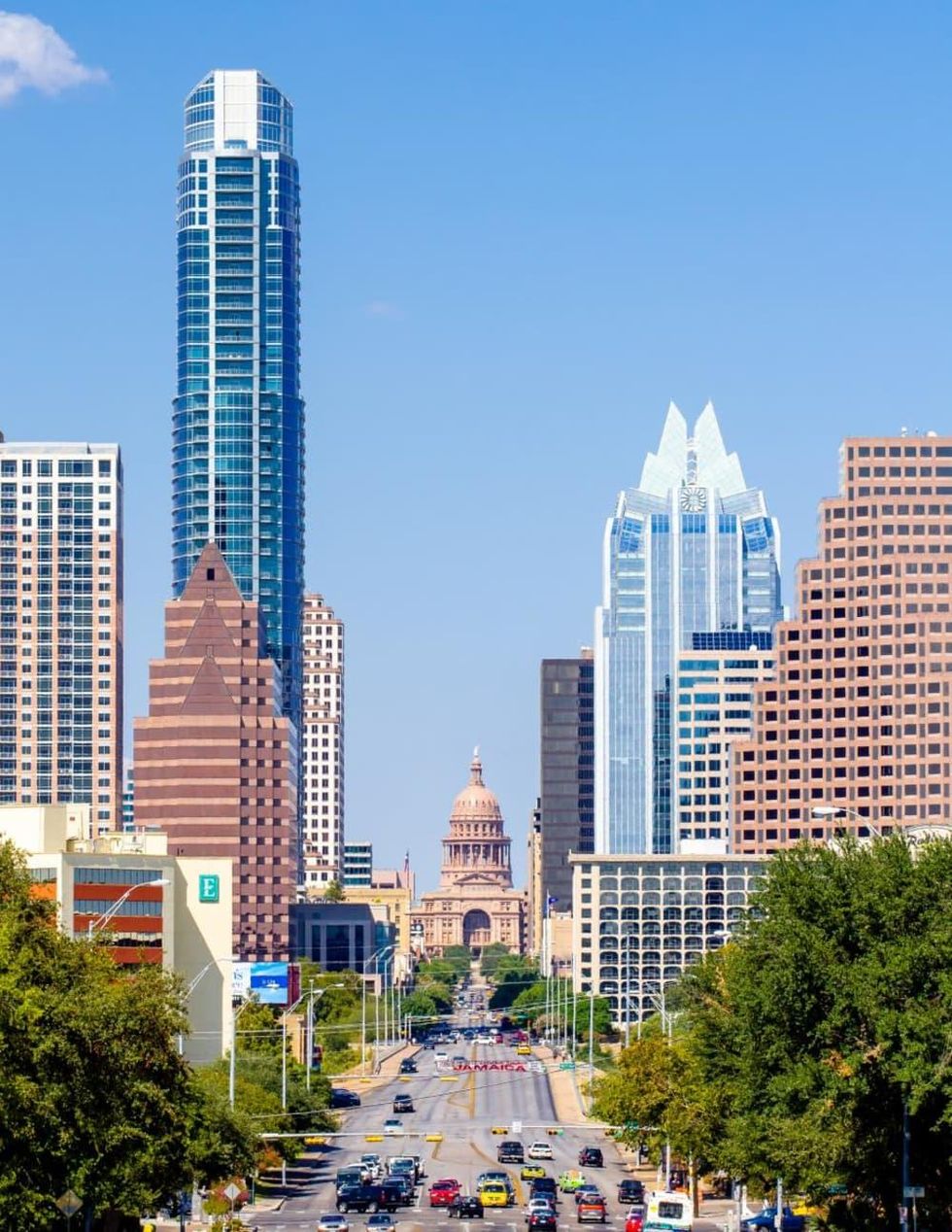News Cycle
Austin rides high on new survey of best U.S. cities for bicyclists

While the pandemic continues to limit much of how Austinites live, the city’s abundance of trails and protected bike lanes have managed to keep things wide open for cyclists. These elements and more, according to a new study by SmartAsset, are why Austin is one of the top 25 most bike-friendly cities in the nation.
In order to designate which cities in the country are the most bike-friendly, SmartAsset examined 100 of the largest cities via the following five metrics:
- Bike score. This is a measure of how suitable a city is for biking on a scale of 0 to 100. Data comes from walkscore.com.
- Percentage of commuters who bike to work. Data comes from the Census Bureau’s 2018 1-year American Community Survey.
- Bicyclist fatalities per 100,000 residents. Data comes from the National Highway Traffic Safety Administration (NHTSA) Motor Vehicle Crash Data Querying and Reporting and is for the five-year period from 2014-2018. This figure is measured at the county level.
- Miles of protected bike lanes. Data comes from PeopleForBikes.org .
- Income after housing costs. This is the median household income minus median annual housing costs. Data comes from the U.S. Census Bureau’s 2018 1-Year American Community Survey.
Each city in the study was ranked for each metric, with the bike score and five-year bicyclists fatalities per 100,000 residents receiving a double weight, and then they were assigned an overall score. A zero went to cities that weren’t particularly bike-friendly, and a 100 went to the best of the bunch.
Austin rode into the No. 17 spot with an overall score of 62.26. Its 19.1 miles of protected bike lanes dwarfed that of Portland, Oregon (5.3 miles) — the one city that scored a 100 in the study, earning the top spot — but it ranked much lower than its Pacific Northwestern companion when it came to how suitable the city is for biking (54.0 to 82.4), the percentage of commuters who bike to work (1.4 percent to Portland's 5.3 percent) and the bicyclists fatalities per 100,000 residents (1.04 to .48).
Both cities, however, were pretty much in line with each other in regard to income after housing costs, with Austin at $54,659 and Portland at $56,009.
There is certainly some room for improvement, but Austin has already been proactive about this — even during the pandemic. In May, the city launched Healthy Streets, a program that provides low-traffic spaces for cycling and other outdoor activities while still allowing for proper social distancing. As of now, six streets have been adorned with traffic cones and other physical barriers to slow traffic and create a safe area. The city has also installed temporary bike lanes on Congress Avenue running from Riverside Drive to 11th Street.
Elsewhere in Texas, Plano tied with Austin at NO. 17 in the study’s rankings. Only .4 percent of its residents bike to work and there are zero miles of protected bike lanes, but Plano has a low fatalities score (.60) and the “income after housing costs” metric is the second highest in the study at $74,976. (San Francisco ranks No. 1 with $87,728.)
Also, Plano came in at one point higher than Austin when measured on how suitable the city is for biking.
Austin and Plano may not yet be operating at the bike-friendly heights of the top cities in the study — Portland, Oregon; Minneapolis; Seattle; St. Paul; and Boston round out the top five — but you can definitely hop on your bike and take to both city’s roads with confidence.
